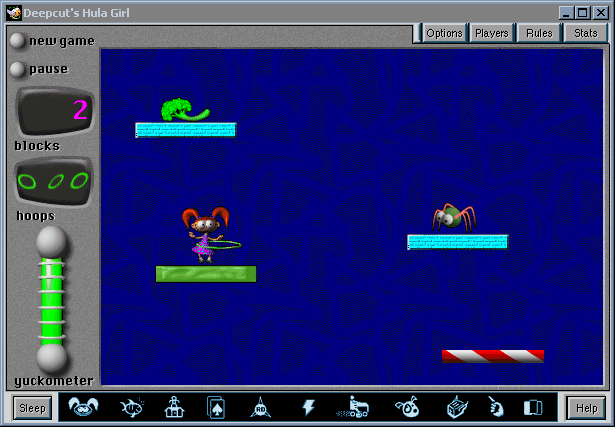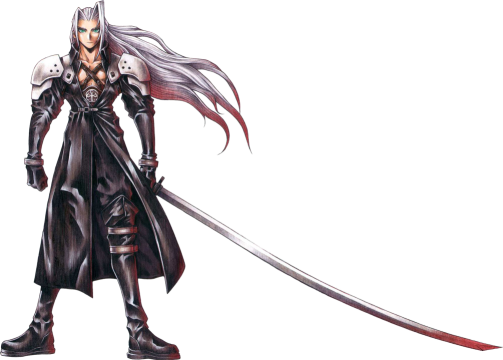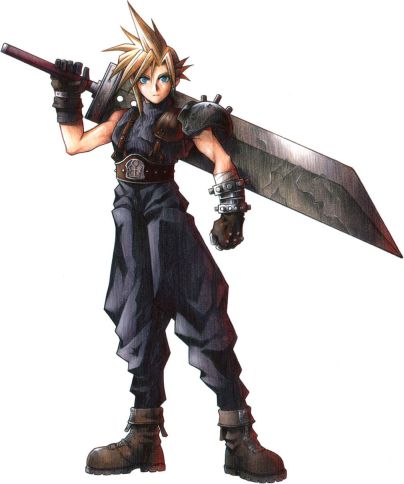In the Super Nintendo days, I had heard of F-Zero, but I only played it for about 15 minutes when someone brought it over to my house for my birthday party one year. A few years later when a sequel was coming out I decided to refamiliarize myself with the series.
F-Zero is a game about racing hover-vehicles really fast. The original had four, so it was kind of tame. This version bumps it up to 30. 30 hovercars with aggressive drivers racing extremely quickly on progressively narrowing tracks means that this game gets frantic (and quite frustrating) quickly. There are few things more frustrating than running a race for three minutes or so at breakneck speed only to lose it at the end and crash and burn.
There were two things that drew me to this game, the super fast racing action, and the track editor. My understanding is that the Nintendo 64 Disk Drive (that never materialized here in the States) would have opened up a mode where you could design your own tracks. But there is a mode, once you’ve made some progress, where the computer will randomly generate a track. Which makes it extra tough to win, since you can’t practice the tracks beforehand. However, it’s pretty awesome when the computer randomly generates a track with some curves so heinous that even it can’t finish the course.
Although I invested enough time into this game that I unlocked the random track mode, I never did finish all of the difficulty levels. I just didn’t have the reflexes for it.


